Rashmi Rekha Das
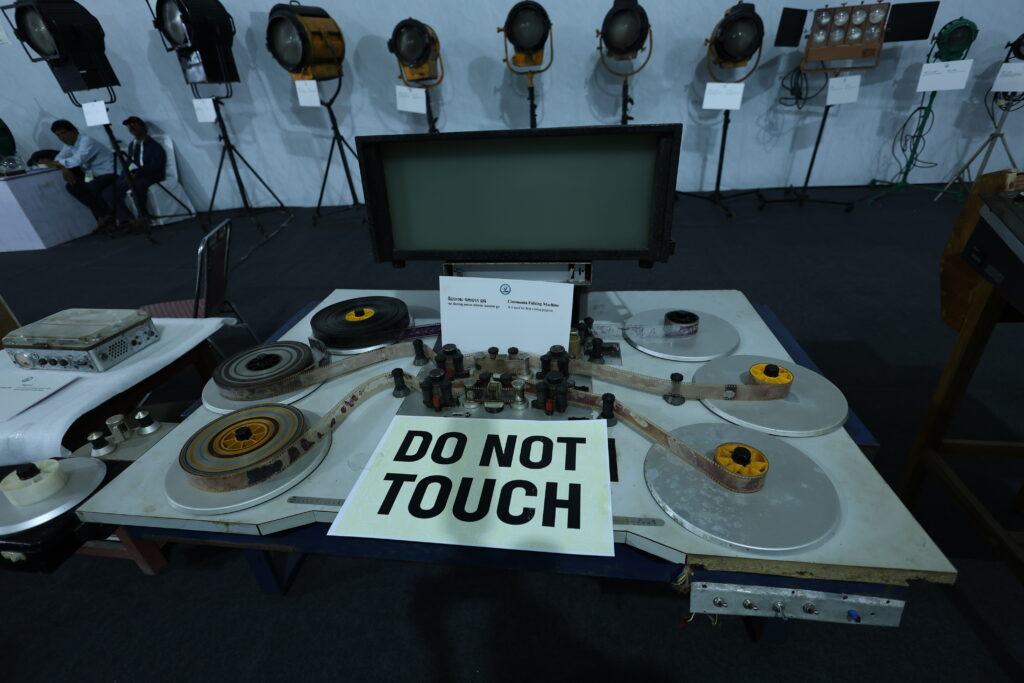
Gone are days when cinema was away from technologies like graphics, VFX and even the vivid colours that appeal to the eyes. Despite not having great stunts and illusions, there were strong plots, great music and brilliant acting.
Keeping it mind, the first World Odia Language Conference has displayed posters of old Odia films. The exhibition showcases the journey of Odia films starting from Sita Bibaha to Babushaan-starrer Damaan.
Apart from film posters, also on display at the exhibition are the old film magazine covers.
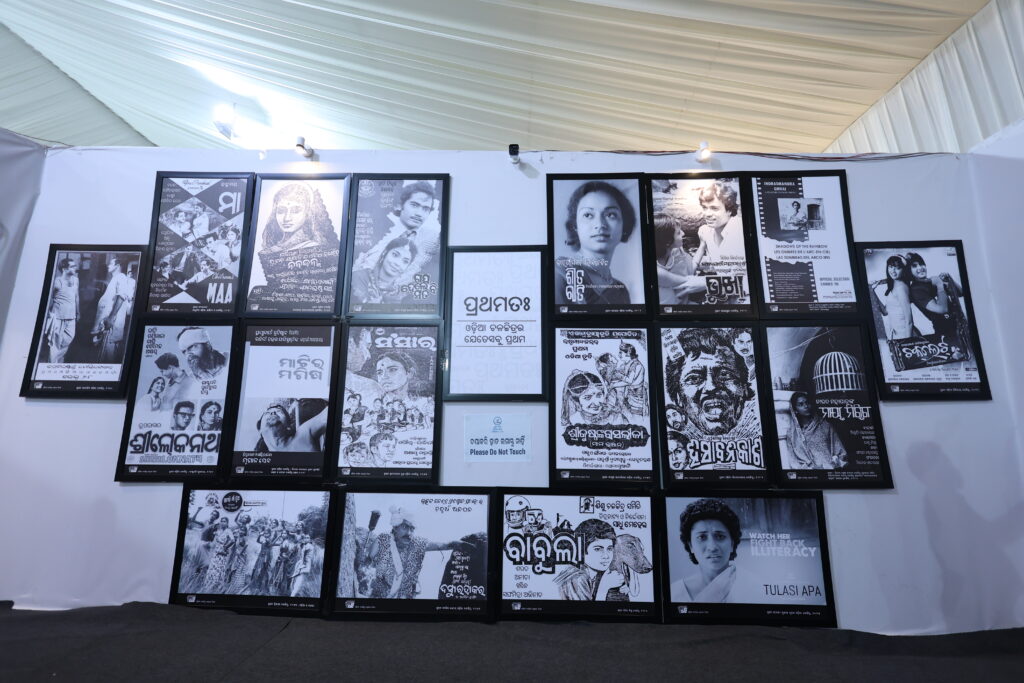
Film posters have been an integral part of cinema since its inception as it became a way of introducing the film in an eye-catching format. At WOLC victors were seen enjoying the screening of dialogues of meticulously restored classics. The aim behind organising such exhibition to make the youth mass understand the significance of cinematic heritage in shaping our cultural identity.
The exhibition, which is up at the World Odia Language Conference, has more than 60 film posters spanning over 5 decades on display. Posters of films such as Samaya, Srilokanath, Mana Akasha, Nabajanma, Abhinetri, Sri Jagannath, Jiban Sathi, Bhai Bhauja, Ghara Bahuda, Sansara, Mati ra Manisa, Krushna Sudama, Ka, Sindurabindu, Suryamukhi, Mamata and Arundhati among other classics have been displayed.
Also on public view are covers of old film magazines including Chhaya Chhabi, Chhaya Chitra, Chalachitra, Film Duniya, Jharaka, Bichitra Sansara and Chitra Lahari.
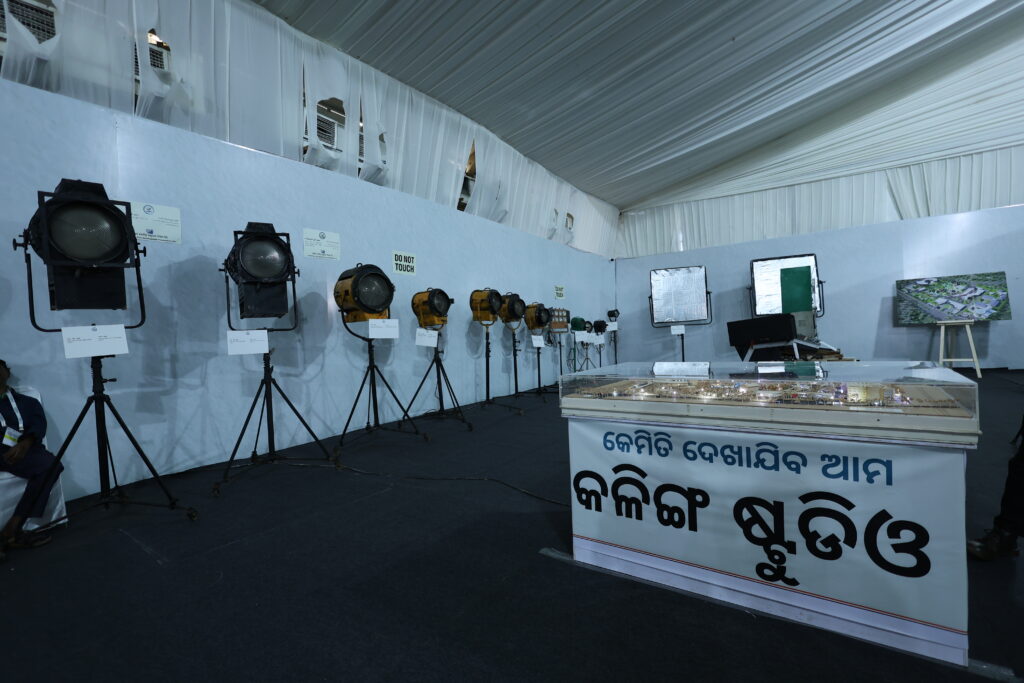
Odia authors have always been a core part of literature and it is no surprise that their screen adaptions have been lauded by movie lovers. Keeping it in mind, the WOLC has also displayed the images of such films including Bapa, Bhoka, Mimansa, Maguni Ra Sadaka, Lakhmi ra Abhisara, Sesa Drusti, Aranya Rodana, Mokhya and Tunda Baida among many.
Talking to Odisha Plus, Bhubaneswar-based movie buff Rajendra Mishra said, “Odia film industry was in full swing and projects were becoming major hits. There was a craze for watching each and every Odia movie. Keeping it mind, many film magazines were introduced in the market to quench the thirst of film lovers like me.”
Another visitor Soumika Mohanty said, “It has been a real treat for my eyes, heart and soul to go through the images of so many film magazine covers. I would like to extend my heartfelt gratitude to the organisers for this extraordinary compilation of covers of old Odia films and magazines.
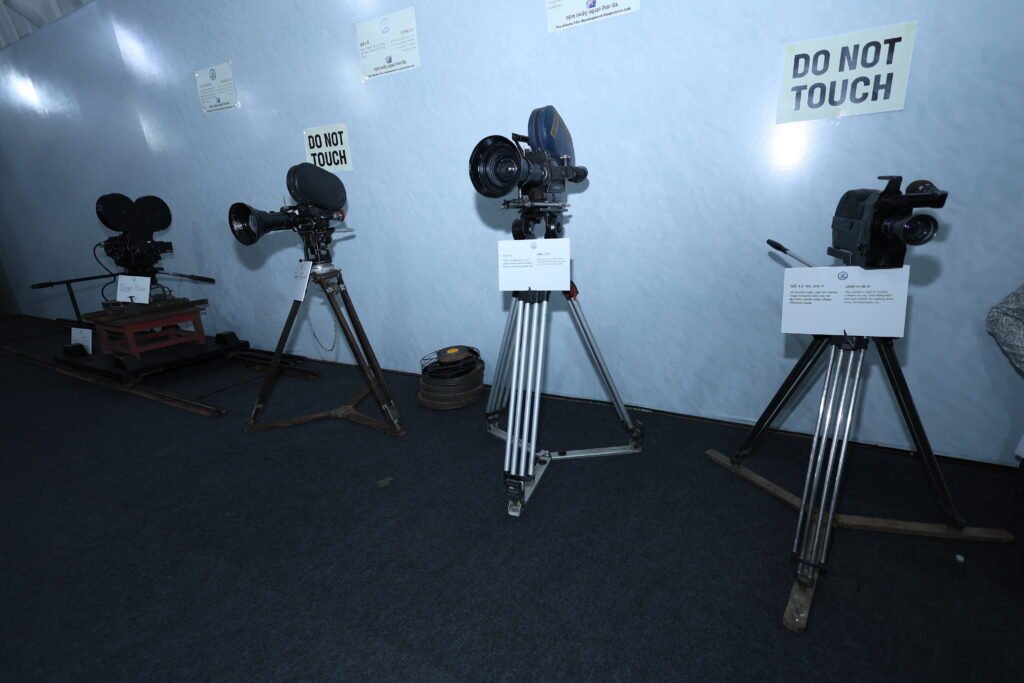
WOLC pays homage to Mohan Sundar Deb Goswami
Also, WOLC has paid tribute to Mohan Sundar Deb Goswami who is rightfully called the Father of Odia cinema for helming Sita Bibaha, the first Odia talkie in 1936. The year 1936 also marked the formation of the state as a separate province on the basis of language. On the cultural front, the first print of Sita Bibaha was scheduled to hit the screens on the birth anniversary of Utkal Gourav Madhusudan Das.
With his unflinching passion for creativity, Mohan Sundar Deb Goswami had dreamt of making the maiden Odia film even when Odisha was declared as the first linguistic state in the country. Apart from being a writer, he had proved his mettle as a screenwriter, musician, singer and actor par excellence.
Sita Bibaha on display
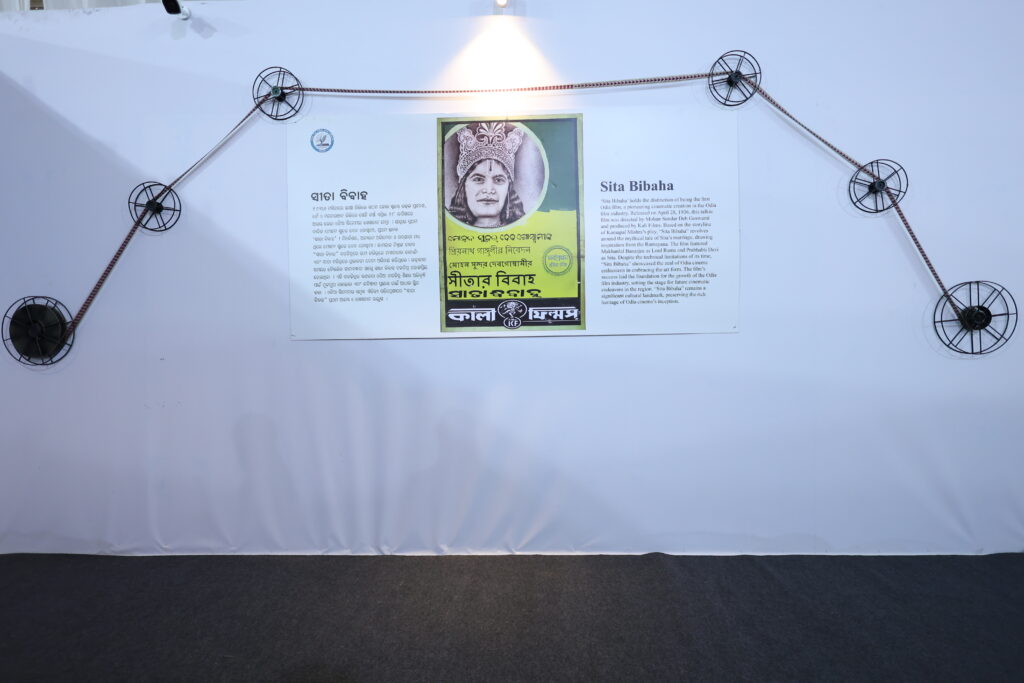
Going by the data available at WOLC, Sita Bibaha holds the distinction of being the first Odia movie, a pioneering cinematic creation in the Odia film industry. Released on April 28, 1936, this talkie film was directed by Mohan Sundar Deb Goswami and produced by Kali Films.
Based on the storyline of Kampal Mishra’s play ‘Sita Bibaha’ revolves around the mythical tale of Sita’s marriage drawing inspiration from Ramayana. The film featured Makhanlal Banarjee as Lord Ram and Prabhabati as Sita. Around, Rs 30,000 was spent on the project and released on the birth anniversary of Utkal Gourav Madhusudan Das.






















